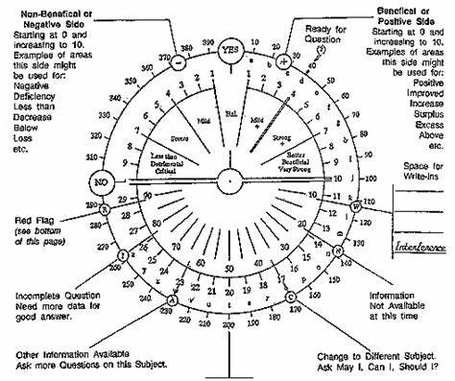Cease and Desist: An Overview
A cease and desist is a formal communication sent to an individual or a company to stop a specific action and to not repeat it. The term “cease” means to stop, and “desist” means not to do it again. This communication is typically used to protect one’s rights from being violated.
Types of Cease and Desist
There are two main types of cease and desist: a cease and desist order and a cease and desist letter.
1. Cease and Desist Order: This is a legally binding order issued by a court or government agency, prohibiting an activity that has been deemed suspicious. It is usually a temporary injunction that remains in place until the issue is legally resolved.
2. Cease and Desist Letter: This is a formal request sent by an individual or a company, typically an attorney, asking the recipient to stop a certain activity. It is not legally binding but serves as a warning that legal action may follow if the recipient ignores it.
Content of a Cease and Desist Letter
A cease and desist letter should include the following:
– Sender’s name and contact information
– Recipient’s name and contact information
– A paragraph introducing the sender
– A paragraph stating what the recipient has done wrong
– A paragraph stating why it is wrong
– A paragraph telling the recipient to stop and not do something again
– A paragraph explaining what the sender will do if the recipient fails to cease and desist
The letter should not contain any emotion, offensive language, or irrelevant information.
ending a Cease and Desist Letter
A cease and desist letter can be sent in any format and in any way. There are no legal requirements for sending a cease and desist letter because it is not a legal document. However, it is usually sent by a lawyer to carry more weight.
Common Uses of Cease and Desist
Cease and desist letters are commonly used to protect confidential information or other intellectual property. For example, an employer might send an ex-employee a cease and desist letter to stop them from breaching their restrictive covenants such as a non-disclosure agreement (NDA). They can also be used to stop harassment from debt collection services.
Conclusion
A cease and desist is a powerful tool used to protect one’s rights. While a cease and desist letter is not legally binding, it serves as a formal step that may be followed by a lawsuit if the recipient ignores it. On the other hand, a cease and desist order


